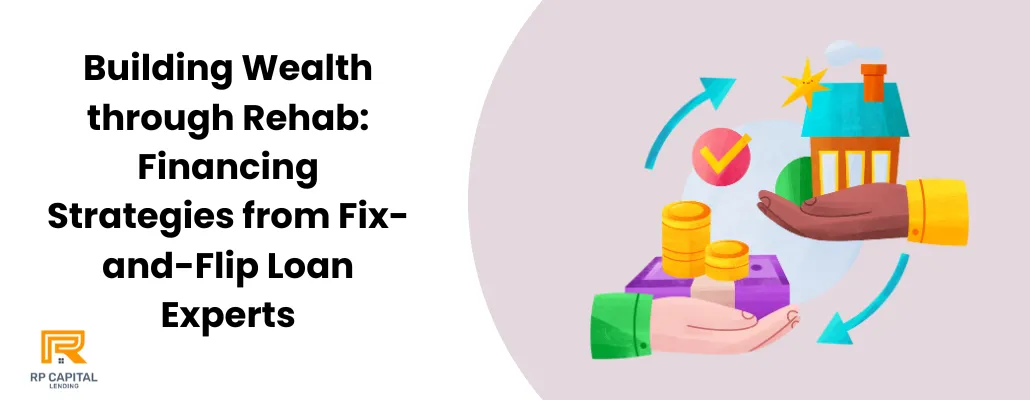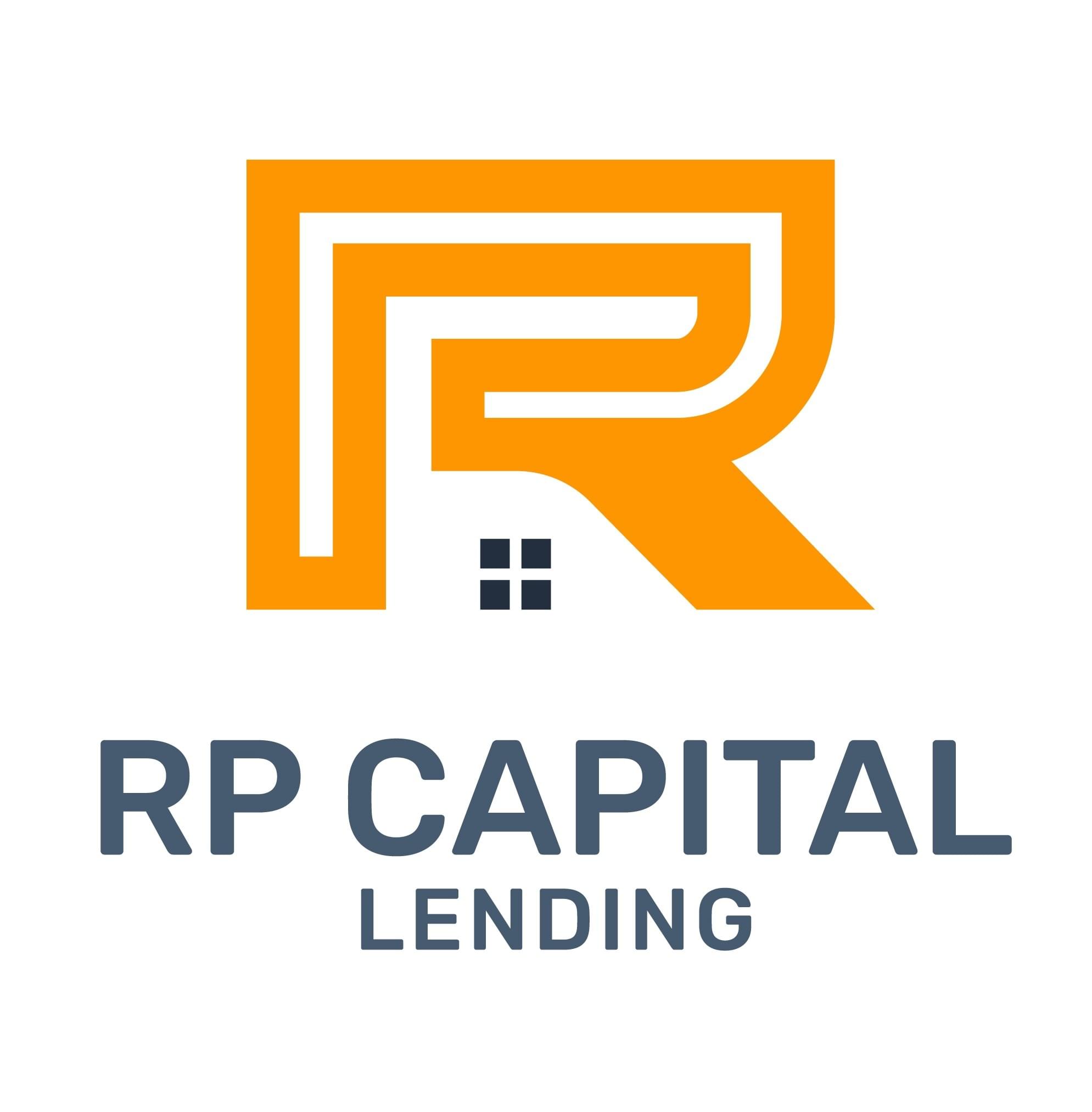Blog

Building Wealth through Rehab: Financing Strategies from Fix-and-Flip Loan Experts
In the vibrant world of real estate investment, the art of rehabilitating properties for profit stands out as a thrilling venture. It's a realm where creativity meets practicality, and the potential for profit is as vast as your vision.
However, navigating the complexities of fix-and-flip projects requires more than just a keen eye for potential; it demands a deep understanding of the market, a solid financial strategy, and the ability to execute your vision with precision.
In this comprehensive guide, we delve into the secrets of mastering real estate rehab, drawing on insights from fix and flip loan experts to light your path to success.
Introduction: The Allure of Transformation
Imagine transforming the forgotten into the coveted, turning potential into profit. That's the heart of real estate rehab. This journey isn't for the faint of heart, but for those who dare to take it, the rewards can be immense. The key?
A blend of knowledge, strategy, and the courage to leap. Let's unlock the door to mastering this art, one expert tip at a time.
The Blueprint to Success
1. Understanding Your Market
The first step in any successful fix-and-flip project is to have a thorough understanding of your local real estate market. Knowing what homebuyers want and which neighborhoods are in demand can make or break your project. Dive deep into market trends, future development plans in the area, and the average time on the market for homes. This knowledge will inform every decision you make, from purchasing to renovating to selling.
2. Financing Your Flip
Securing the right financing is crucial. Fix and flip loans are designed specifically for investors looking to rehab properties. These loans cover not just the purchase price but also the renovation costs. Experts recommend shopping around to find a loan with terms that match your timeline and budget. Remember, the cost of borrowing can impact your overall profit, so choose wisely.
3. Creating a Realistic Budget
Underestimating the cost of renovations is a common pitfall. To avoid this, create a detailed budget that includes every possible expense, from materials and labor to permits and unexpected repairs. Then, add a contingency fund of at least 10-20% for unforeseen costs. Staying on budget is as crucial as the rehab work itself.
4. Prioritizing High-ROI Renovations
Not all renovations offer the same return on investment. Focus on changes that will significantly increase the property’s value. Kitchens and bathrooms are prime targets for upgrades, as are any structural repairs that ensure the home is safe and sound. Don't forget the curb appeal – first impressions matter.
5. Navigating the Rehab Process
The rehab process can be a minefield of delays and budget overruns. To stay on track, plan your project in phases, from demolition to final touches. Hire experienced contractors who come with good references, and don't skimp on quality. Regularly monitor the progress to ensure the project stays on schedule and within budget.
FAQs for Aspiring Fix-and-Flippers
Q1: How do I find the right property to flip?
Look for properties in desirable neighborhoods with a good market value potential post-rehab. Use online listings, real estate agents, and auctions to find deals.
Q2: How much should I spend on a rehab?
Spend wisely by focusing on renovations that increase value. Aim to spend no more than 70% of the property's after-repair value (purchase price + rehab costs).
Q3: Should I do the work myself or hire contractors?
While DIY can save money, hiring professionals ensures quality and speed, which are critical in flipping homes. Evaluate your skills realistically before deciding.
Q4: How long does a typical fix-and-flip project take?
On average, a project can take anywhere from 3 to 6 months, depending on the extent of renovations and the speed of sale.
Q5: How can I maximize my profits when flipping a house?
Buy at the right price, keep rehab costs under control, focus on high-ROI renovations, and sell at market value. Efficient project management is key to maximizing profits.
Conclusion:
Mastering the art of real estate rehab requires a blend of market insight, financial acumen, and strategic execution.
By understanding your market, securing the right financing, budgeting wisely, focusing on high-ROI renovations, and expertly managing the rehab process, you can turn fix-and-flip ventures into lucrative investments.
Remember, every property you transform not only yields profit but also contributes to the vitality of the community. With these expert tips, you're well on your way to becoming a
RP Capital Lending is a d.b.a of RP Capital Partners Inc (NMLS # 2469193) | Privacy Policy
Copyright © 2022. All Rights Reserved.
Disclaimer: Loans only apply to non-owner occupied properties. Rates, terms and conditions offered only to qualified borrowers, may vary upon loan product, deal structure, other applicable considerations, and are subject to change at any time without notice.

